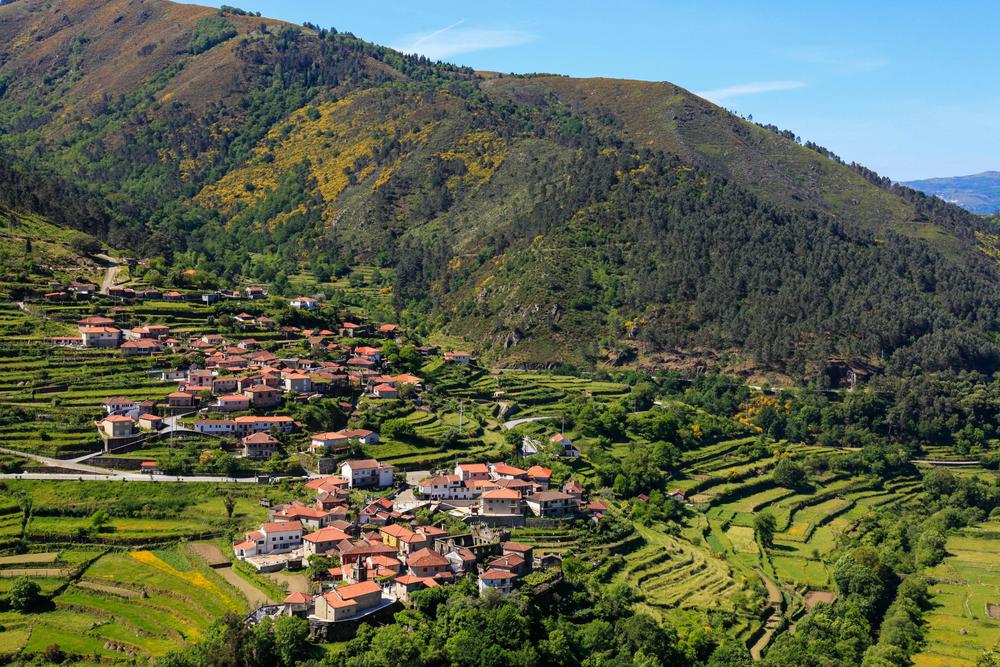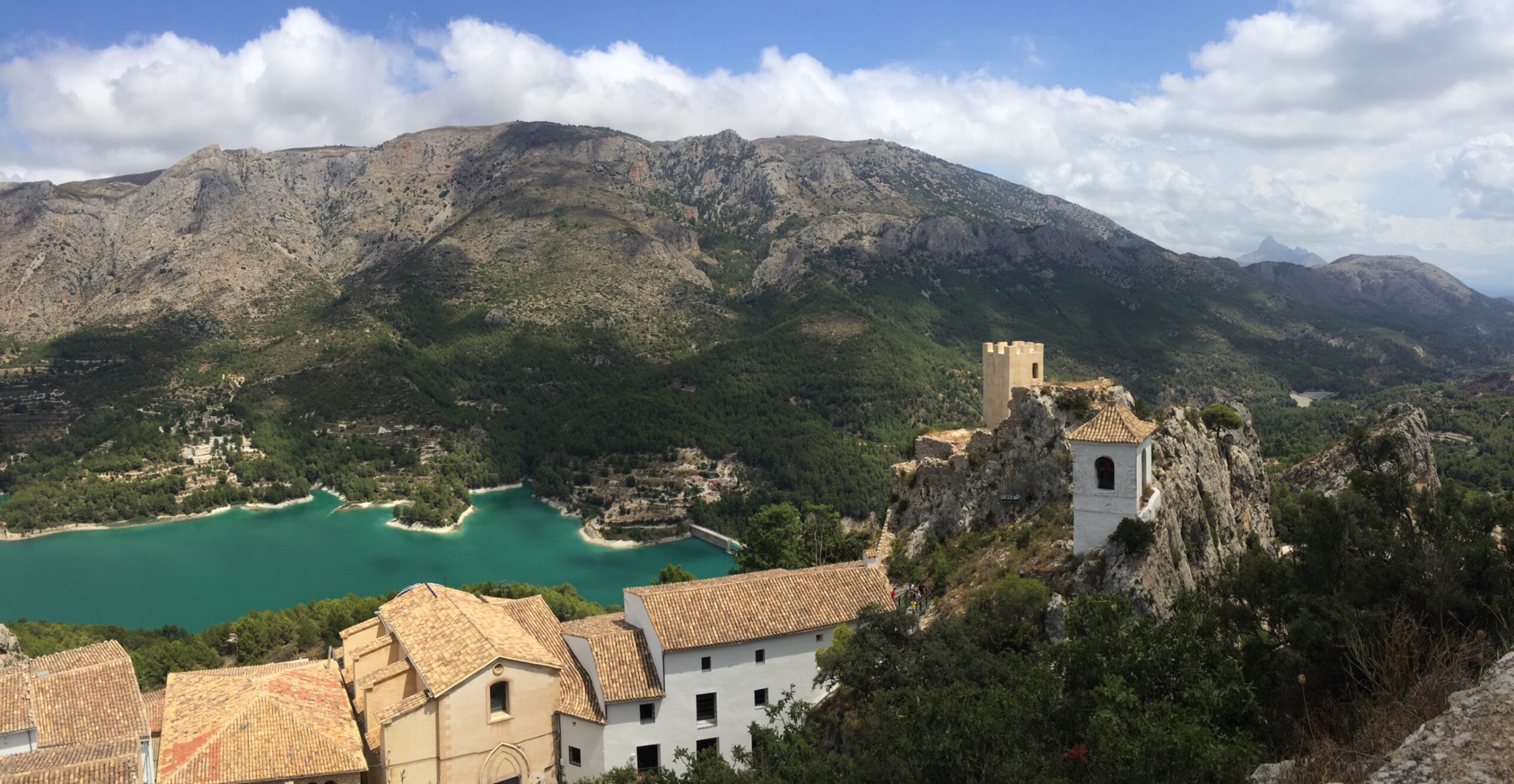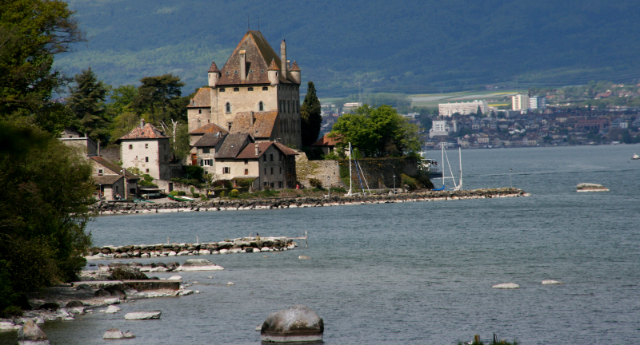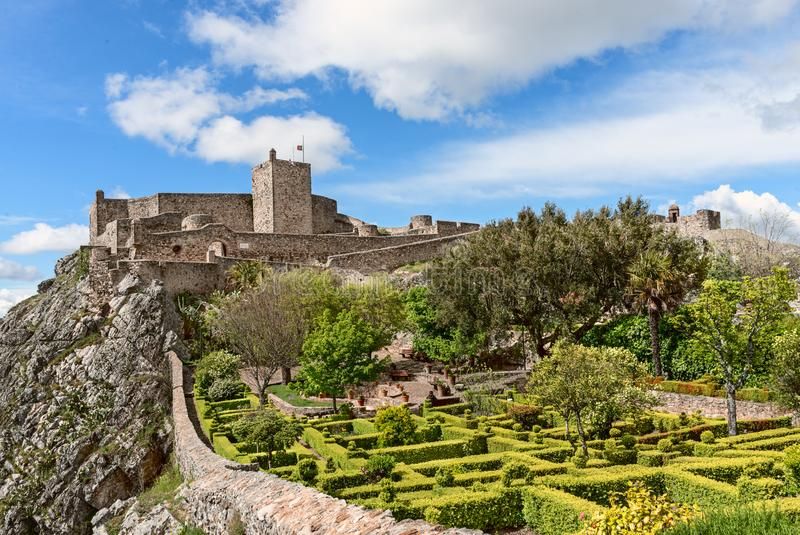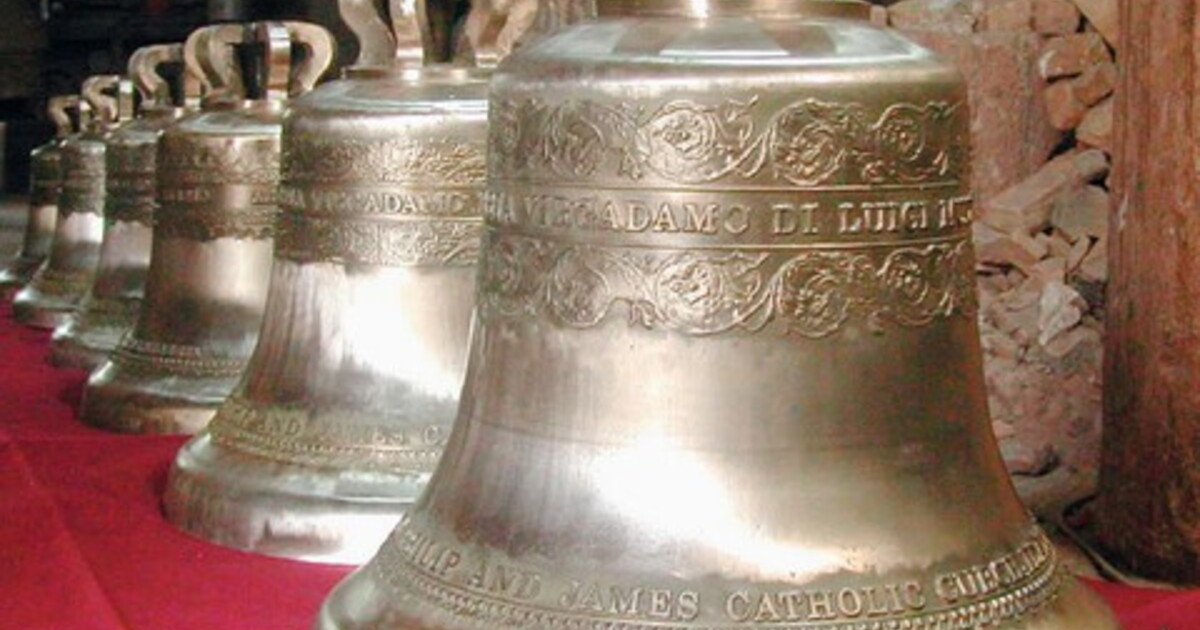In the province of Trapani, 751 meters above sea level, stands Erice, one of the most beautiful and evocative villages in Italy. A cable car allows you to reach the top from which you can enjoy a wonderful view of the city of Trapani, the Saline, up to the Egadi Islands in the distance.
From Erice you can see unforgettable stretches of the Mediterranean and admire some of the most beautiful sunsets in Sicily.
Its privileged position has meant that Erice over the centuries has been dominated by many different peoples, of which we see evidence in the architecture and artistic works of this place.
Setting foot in Erice is a bit like taking a dip back in time and shortly after crossing the arch that stands at the entrance of the country, Porta Trapani, you find yourself face to face with the most important religious building in the country, the Real Church Madrice Insigne Collegiate, known as the Cathedral of Erice. It was built in the fourteenth century by Frederick of Aragon and is now dedicated to the Virgin of the Assumption. It stands imposing in the wide Piazza Matrice and shows off a Gothic style and an imposing bell tower, which served in the past as a lookout tower. Taking the alleys that branch off from the Cathedral you can start an exciting tour of Erice, including paving, stores, restaurants and bakeries from the heady scents. Walking along Corso Vittorio you meet another of the places of worship of the city, the church of San Martino, built at the behest of Roger the Norman and particularly refined interior decorations, characterized by beautiful majolica and frescoes.
One of the icons of Erice, however, is its defensive bulwark, the Castle of Venus, perched on the cliff that bounds the country and dating back to the Norman era. It was built between the twelfth and thirteenth century, on the ruins of a primitive temple dedicated to the worship of the goddess Venus. Its fortunate position allowed him to see in advance any enemy attack coming from land or sea, offering Erice a considerable strategic advantage.
Among the small streets of this timeless village, you will find many pastry shops specialized in the production of sweets made with mandarla paste, mostaccioli, genovesi, torroni and cassate di ricotta. Besides these sweet temptations, the village is famous for its ceramics, carpets, oil and wine.

